Choosing a line for your switch rod Part 2: Choosing a line
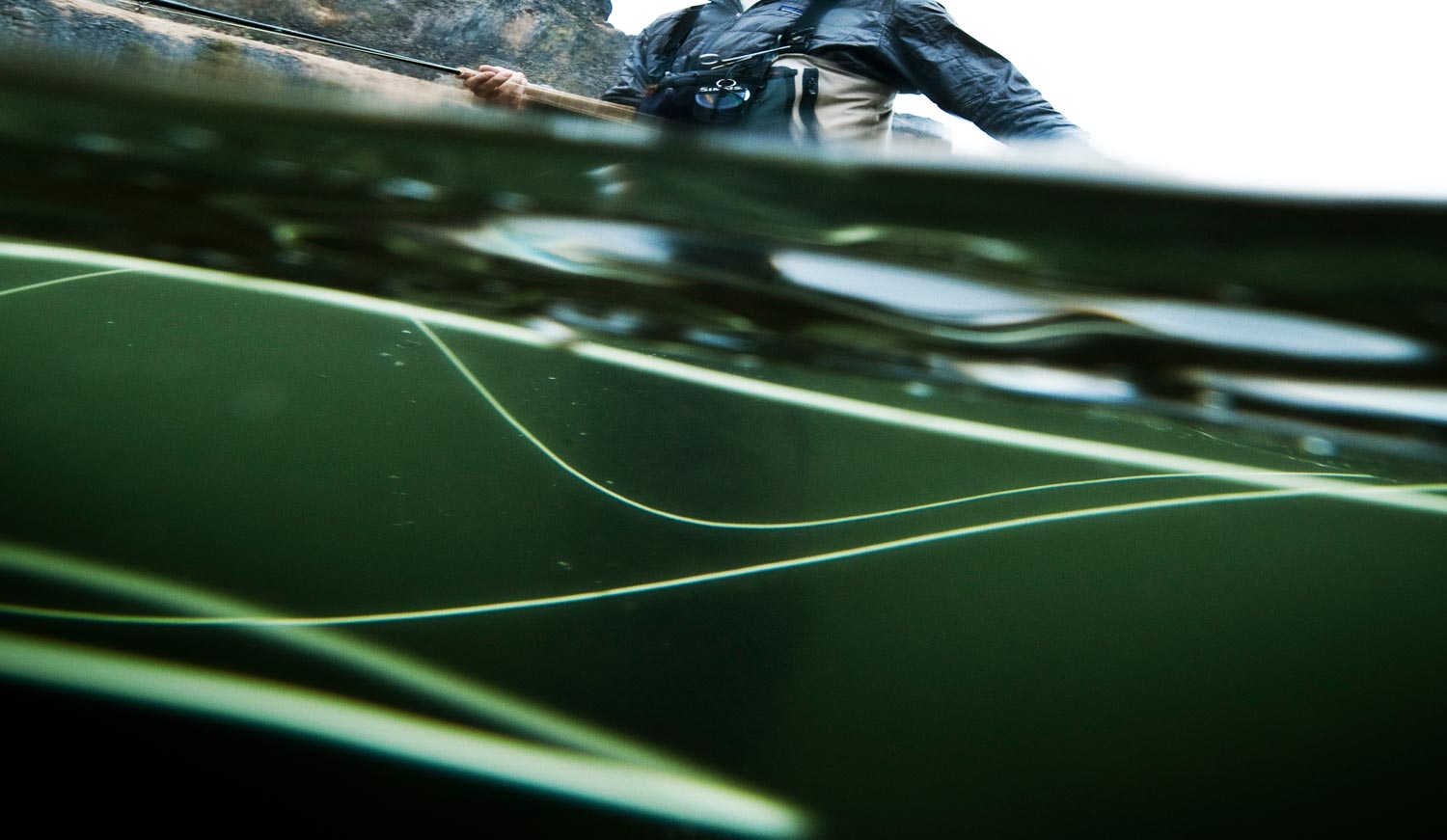
Before we talk about specific lines and how they fish, let’s take a minute to understand the switch rod. If you have not read “Part 1: Understanding lines and line tapers” you can find it HERE. I think you will find the information helpful. The switch rod is a product of evolution. A decade ago the average length of a two- handed rod was 14 feet and the average line weight was 9. As two-handed casting has become more popular and its application more varied, the average two-hander has become shorter and lighter. The modern two-hand rods are less fatiguing, beautifully balanced and more versatile, allowing Spey-style casting in tighter casting situations. The switch rod adds to this adaptation the option of single-hand casting and high sticking. Things that couldn’t be accomplished with longer heavier rods. This makes the switch rod the most versatile rod ever made and the most confusing. It is a rare angler who uses their switch rod in every application it can handle. A switch rod is really a short, light weight Spey rod. Although it will accommodate overhand casting, even with traditional lines, its taper is designed for two-handed Spey casting. Therefore, in most applications, it will perform its best with a line designed for two-handed casting. When matched with the right line switch rods are not only versatile but incredibly effective. A lot of switch rods spend their lives in the closet because they got matched with the wrong line. Often, folks coming from a single-hand casting background will set their switch rod up with a traditional line for single-hand overhead casting and find that it performs poorly. This is because the rod is under lined and it’s an easy mistake to make. Switch rod and Spey rod weights are rated on the AFTTA … Continue reading
Read More »Getting a Grip on Spey Casting
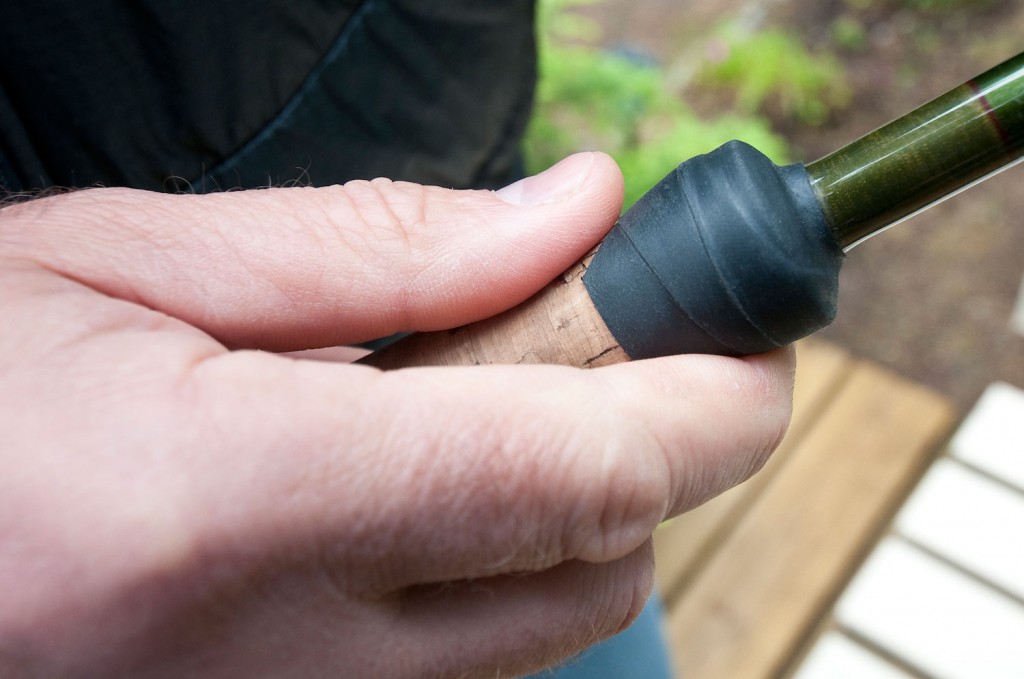
I love casting mono running line on my Spey rods.
At present, I’m using Rio Slick Shooter. It lives up to the name. I saw a big improvement in my distance when I made the switch. It casts like a dream and fishes well but the down side of any mono running line is that it gets slick and hard to hold when you’re casting.
There’s nothing more disappointing than losing your handle on a cast. That’s when the running line slips from between your fingers and the cork just as you make your forward casting stroke. The rod unloads and your cast piles up in a useless heap. Fortunately my buddy Andrew Bennett showed me a cool trick to solve this problem.
Simply wrap the end of your grip with
Read More »Setting up Skagit Heads and Other Spey Lines
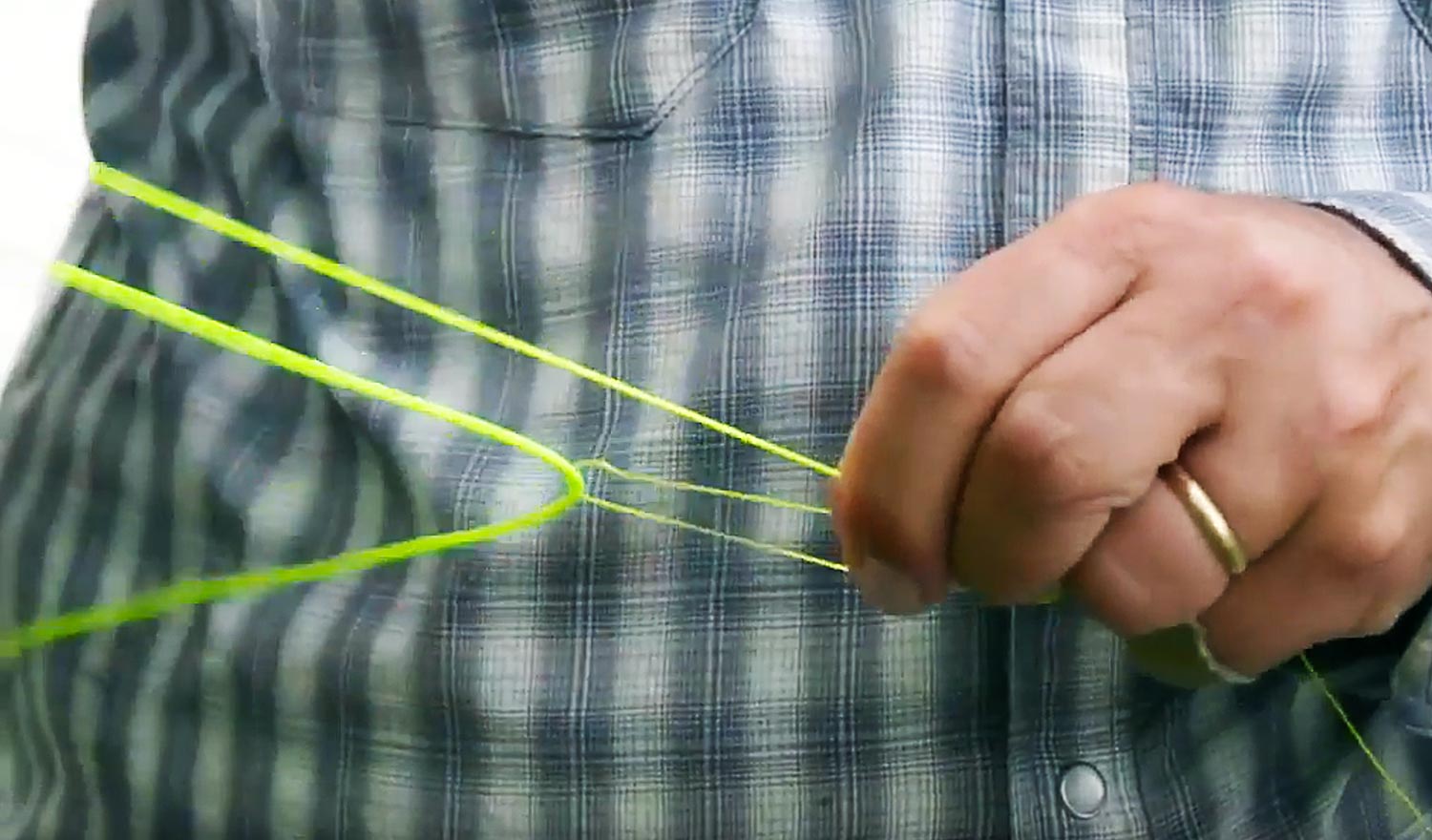
If you are just getting started in two-hand fly casting, you may be confused about how to set up the lines.
Spey lines are intimidating to the uninitiated with their many parts, options and loop to loop connections but there’s no need for alarm. Spey lines, in both form and function, are much the same as traditional fly lines. Think of them as traditional lines that have been cut into sections with scissors.
What their design offers to the Spey caster is instant flexibility on the river. In a Spey system the running line, the head and sometimes the tip are separate. They serve all the same functions as their counterparts in traditional lines but the caster is free to choose from interchangeable heads and tips to meet his or her immediate needs.
WATCH THIS VIDEO AND LEARN TO SET UP A SKAGIT HEAD.
Read More »The Bowen’s Baitfish Minnow
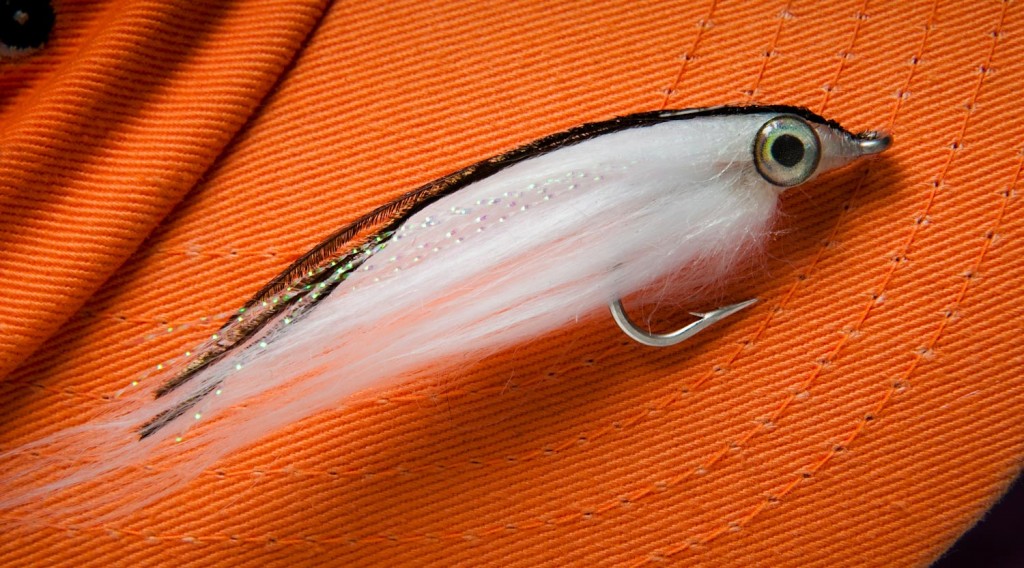
HYBRID, WHITE AND STRIPED BASS ARE AGGRESSIVE PREDATORS AND CATCHING THEM HIGH IN THE WATER COLUMN CAN BE A WHOLE LOT OF FUN.
These large bass are found in lakes all over the southeast. Early in the morning these feisty bullies will push schools of baitfish to the surface and feed with abandon. This presents a great opportunity for the fly angler.
The water explodes as bid schools gorge themselves and you would think that any fly you put in the zone would get shredded but not so. Just like trout, keyed in on a hatch, these fish can be surprisingly selective. Fishing the right fly at the right depth is crucial. Anglers tossing top water baits are frequently frustrated with refusals, not realizing that the fish are feeding several inches below the surface. The splashes they see are the fish’s tails as they turn and dive.
Andy Bowen, owner of The Cohutta Fishing Co, has this scenario dialed in. Andy fishes a simple but effective baitfish pattern on an intermediate line. The intermediate line carries the fly to just the right depth and the silhouette of the fly triggers the predatory response. Andy generally out fishes the gear guys with this setup.
Here’s Andy to show you how he ties the Bowen’s Baitfish Minnow.
Read More »Fly-fishing and the Other Stuff That Gets Us Outside
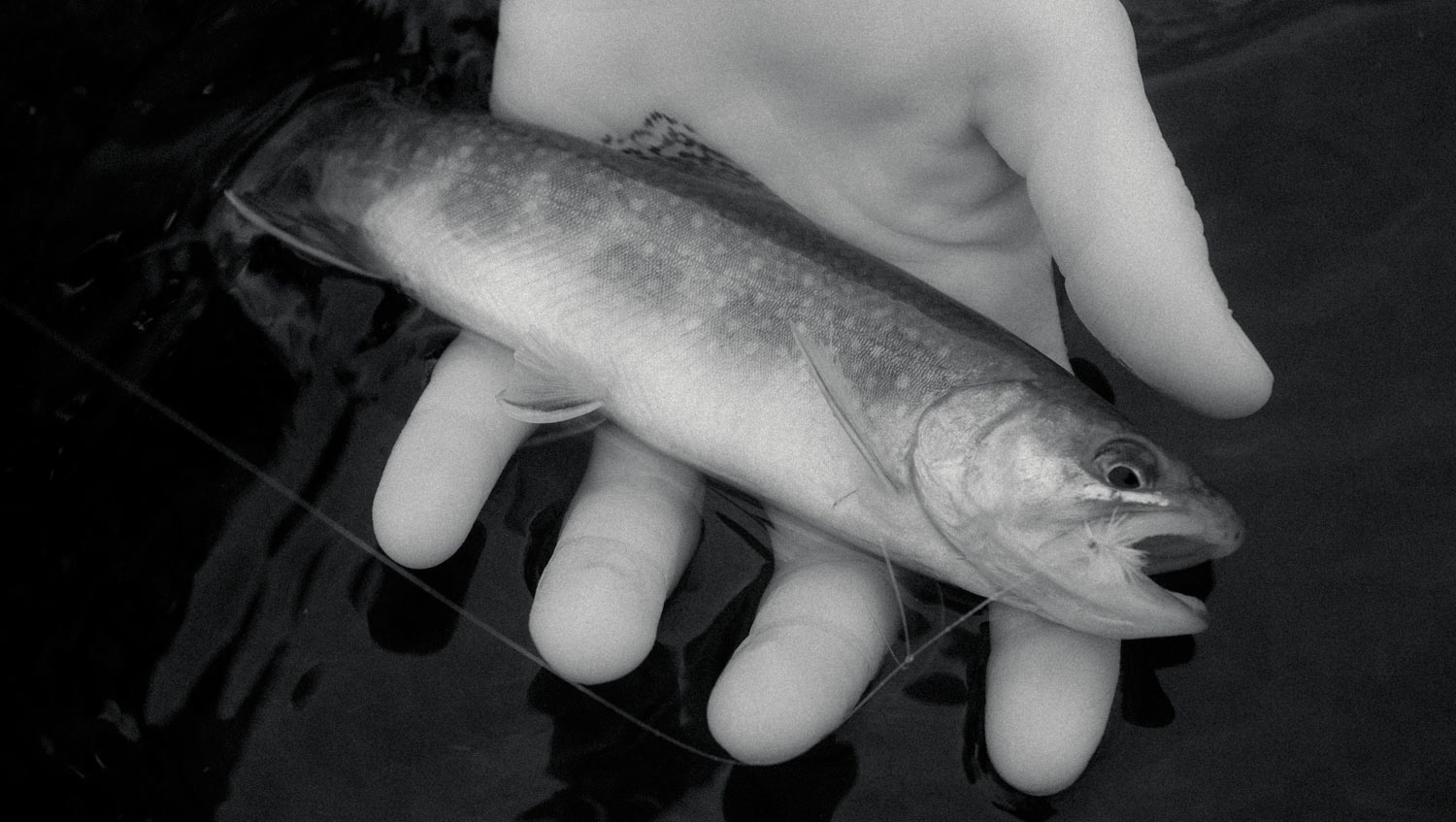
By Daniel Galhardo
I believe fly-fishing is first and foremost and excuse for us to spend time outside.
And it is an incredibly good one. But, deep down it is truly nature, the environment where we find ourselves, that keeps us going out for more. Yes, I know a couple of fishing lunatics that can keep going back to the ugliest ditches to catch fish; but I know way more people that wouldn’t go to those places more than once for a fish of any size, yet keep returning to beautiful parks, pristine meadows and picturesque mountains even if the fish are not that big.
In fact, I know many people that keep going back to those places even when fishing is not the main intention. They just want to be there. Sometimes I find myself in that camp.
I could wax poetic about how “many men go fishing all of their lives without knowing that it is not fish they are after.” (Thoreau). But I believe you have heard that enough that, by now, you either have come to hate the cliched sentence, or have come to believe it. Regardless, I would imagine you already sense that any excuse to be outside must be grabbed.
At this time of year we experience our infamous runoff season. The snow that has accumulated in the Colorado peaks during the winter melts and inflates our rivers. Although “snow melt” makes for a cool Colorado beer ingredient (Upslope beer is awesome by the way) it also makes it a bit tough to fish near home. So, at this time of year I find other excuses to get me outside.
One of the things that gets me outside at this time of year is foraging. I get outside and roam forests and fields in search of edible mushrooms and mountain vegetables. Foraging is actually not too unlike fishing. It often gets me to beautiful places. And, the process of actively looking for something, just like looking for the spots where the fish may be hiding, fills the parts of my brain that are normally busy thinking about work and life’s challenges.
When I go fishing, I typically notice a lot of things in the stream that I wouldn’t pay that much attention to while on a regular hike. I notice the way a current may form a whirlpool and gather things such as insects and leaves in nooks between rocks. I notice the shadows that betray the location of fish. Likewise, foraging allows me to notice things I wouldn’t pay much attention to while fishing. I notice the way a fern uncurls as it comes out of the ground, or the patterns and texture of a small patch of moss. I even notice the smells are different. While I’m fishing, my nostrils seem to pick up the freshness of water and the scent of fresh pines more than the earthy smells I notice when I’m walking on dry land. It is interesting to notice these differences.
Last week I went on an outing that filled my soul – yeah, I know, cliché… But, it was so true. One morning I woke up with an intense desire to go fishing. The rivers were blown out of proportion here. I had an early morning meeting, but couldn’t stop thinking about hitting the water. Going for a regular hike with the dog was not going to fill the need I had. As I had my morning coffee, I decided I needed a more intimate, and perhaps more adventurous experience with mother nature. A few minutes before leaving for my meeting, I decided I was going packrafting, and foraging, and bring a tenkara rod along just in case.
Read More »Fly Fishing Q&A – What Would Kent Do
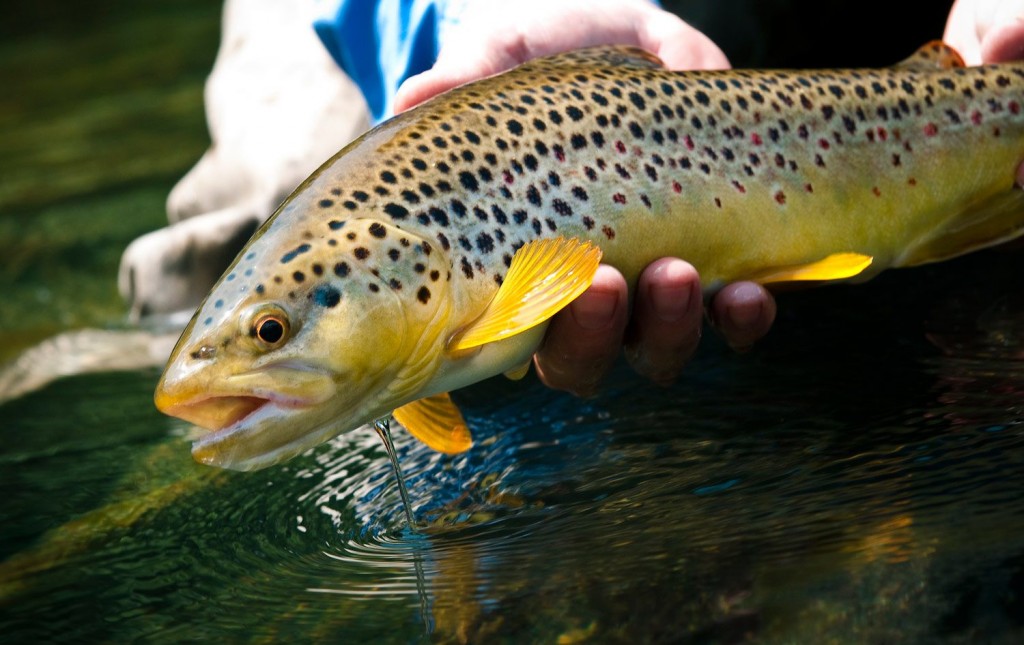
WE RECENTLY EXPERIMENTED WITH ASKING OUR G&G FACEBOOK FANS TO PROVIDE US WITH FLY FISHING TOPICS/QUESTIONS THEY WOULD LIKE US TO ANSWER AND GET MORE INFORMATION ON.
Louis coined the concept WWKD (What Would Kent Do) and it’s been very successful thanks to all of your participation. I picked out three inquiries from the participants and have provided my answers. Let us know how you like this Q&A platform and we’ll continue to use it in the effort to provide you with the content you desire.
Lance Lynch asks:
“You drive a hundred miles to a pristine river. You are so excited to get out and fish but you snap the tip off your rod. No spare rods, a full day ahead of you. WWKD?”
This is a great question because many of us have found ourselves in this situation before. You know how I always talk about carrying extra gear? This is why folks. Stuff like this happens all the time to us. It’s very easy to snap the tip off your rod getting it in or out of your vehicle, or even drop your fly reel on the ground and bend the spool. If you’re a serious fly fisherman, you should always take the time to pack extra gear, especially if you’re going to be traveling long distances to fish. Consider purchasing a inexpensive rod-tip repair kit and keep it in your vehicle and if you have a back up fly rod, pack it as well.
Fuji Rod-Tip Repair Kit
To answer your question, this is what I would do if I didn’t have a rod tip repair kit or a back up fly rod with me. It’s a quick fix, just carefully snip off the broken section as close as possible to your next rod guide with a pair of nippers or pliers. Keep in mind the fly rod won’t cast as nice, and it will catch the fly line some, but you’ll still be able to cast it well enough to make satisfactory presentations and land fish.
Kim Brock asks:
“What is the most important advice that you would give to a new trout angler. WWKD?”
This is a pretty broad question but here are seven tips I stress most with my novice clients.
One, take the time to learn the fundamentals of fly casting so you can learn proper technique. Always watch your backcast when your practicing fly casting and fishing on the water. It will shorten your learning curve, help keep you out of the trees and minimize tangles on the water. You’ll also improve your skill level much quicker overtime by doing this. If you don’t fish all that often, it can be very beneficial for you to practice fly casting a couple of times for 10-15 minutes in the yard before you head out on your fishing trip. Doing so, you’ll feel more comfortable and confident in your fly casting and you’ll have worked out many of your casting flaws.
Two, when you’re trout fishing don’t
Read More »Tarpon On The Clock
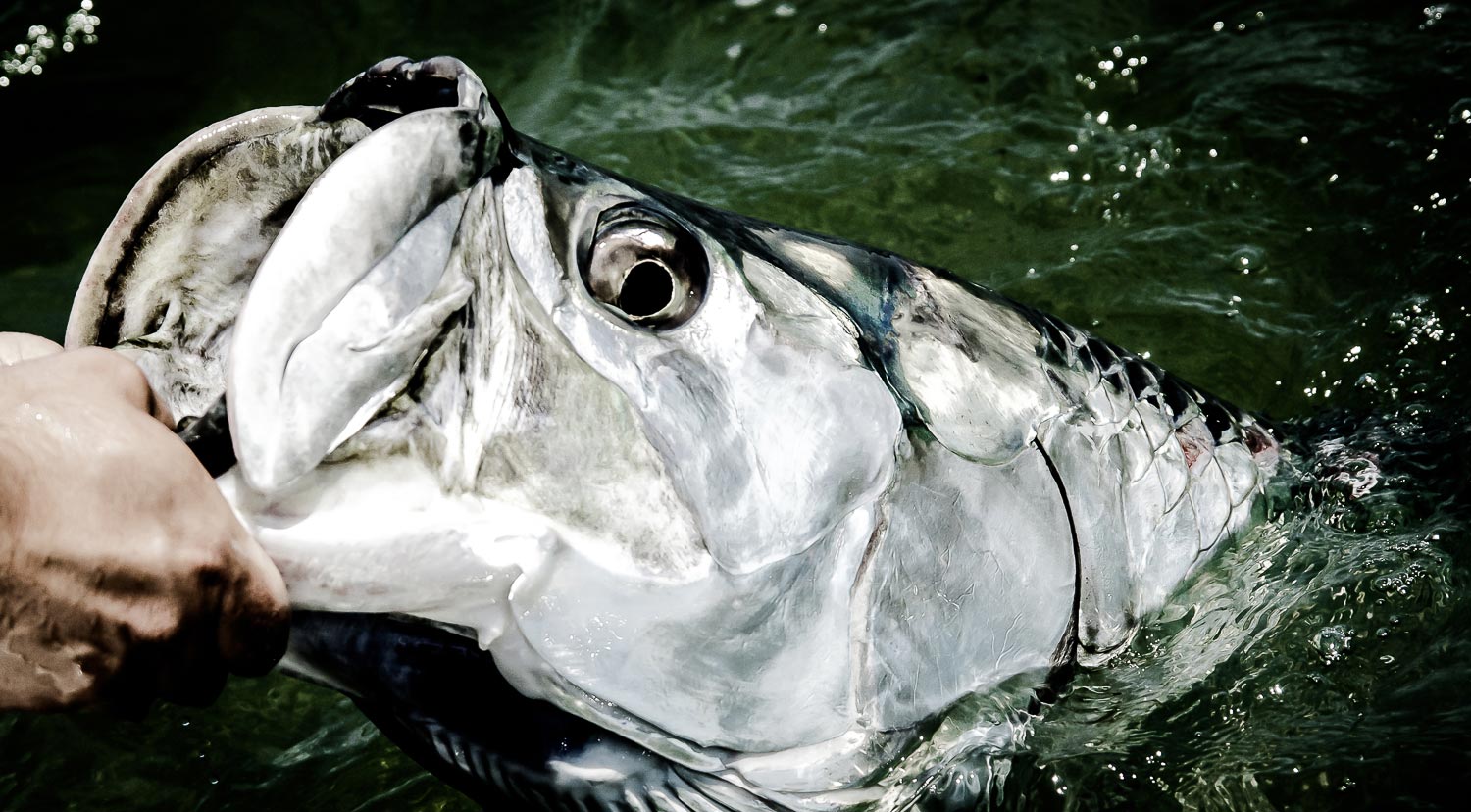
A Photo Essay By Joel Dickey
It’s 5:30 a.m. and my alarm pierces that beautiful thing, called sleep, which all guides miss so much this time of year. I jump out of bed and I’m quickly reminded I’m not 25 anymore.
My joints pop and crack and muscles, that I didn’t know I had, ache. However it’s calm and my adrenaline soothes my body better than Advil ever would.
I jump into my clothes, give my sleeping wife a kiss and head to the fridge for my morning Mountain Dew, hoping that the caffeine will clear the fog, left from only 5 hours sleep.
Off to the dock. I only have another 100 consecutive days left until my next day off. Why do I book so many consecutive days?
I guide for the greatest gamefish in the world. I guide for tarpon and I don’t want to miss a single second of it.
Read More »Small Stream Structure- Woody Debris and Other External Features
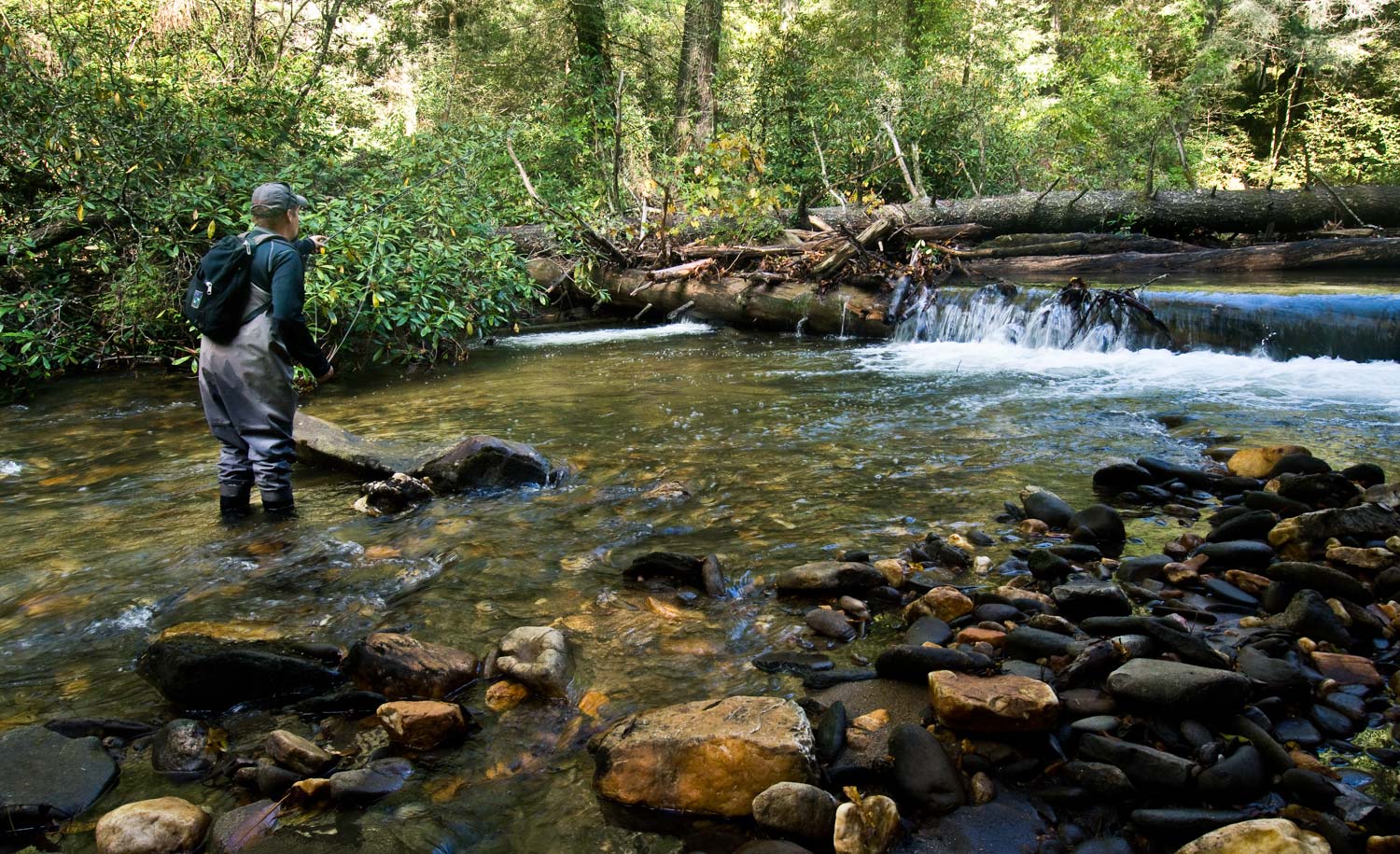
By Jason Tucker
Wood is good!
In the two previous installments I’ve discussed fluvial stream structures (holes, runs etc.) and substrate types. If a stream were a house, then the substrate would be the foundation and floors, fluvial structures would be the walls and rooms, and the woody debris and other structure would be the cabinets and furniture. If that helps. Understanding woody debris, and how it relates to the other features is key to your fishing success. The geography of where you’re fishing greatly affects its importance and utility to the fish. In Appalachian mountain streams a lot of woody debris simply gets swept away or pushed to the margins in slack water; in northern trout streams it is very important.
Woody debris. Trout use woody debris for structure and cover. It also provides homes and food for a lot of aquatic insects and is part of the basis for life in a stream. Don’t underestimate the power of woody debris to create fishing situations. Logs lodge across the currents and create pour-overs. Those pour-overs then create holes. Conversely, logs can lodge higher in the water column, forcing the current down and routing out the bottom. That also funnels food into the spot, a double whammy of food and shelter.
Brush piles and log jams. Brush piles and log jams are trout hotels and provide vital escape cover from predators. As far as fishing goes they are some of the least interesting features in a stream to me. Look for fish to move out from them to feed on hatching insects. You can often tempt hiding fish into striking a streamer around the edges, and look for trout feeding on surface flies right on the leading edge where the current is sweeping insects into the wood. It’s a tricky spot to fish, and even trickier if you hook up. Be ready to put the cork to any fish you hook up on near wood.
Individual logs. Here I’m talking about logs parallel to the current. Trout love these, especially if it’s slightly undercut or has a deeper channel next to it, whether it is fully submerged or breaks the surface. Try to spot submerged logs far enough away without disturbing fish. They’re great places for picking off individual fish. Often current is funneling food to the fish on and below the surface.
Man-made structures. No discussion of wood would be complete without discussing man-made stream improvements built by state agencies and conservation groups. Some of these are dynamite, some are duds. I’ve caught good fish from structures only to return to find the fish quit using them because the water level dropped. On some of the small streams I fish the nature of structures has changed. Instead of building hotels for the fish they’ve switched to placing trees and brush in the current to deepen the channel or change the current direction. Narrow and deep will hold more fish than wide and shallow. Fish will still associate with the structure, so always fish the features of the structure. They vary enough that you’ll have to decipher that. Some days a hopper placed right next to a structure in the current is just the ticket.
Other man-made structures such as docks placed in a stream can likewise be dynamite or duds depending where it is placed in relation to the current, how deep the water is and so on. Landowners tend to place a dock where it is convenient for them to launch watercraft, or provide a good view for quiet meditation. Or drinking. A dock placed in shallow slack water won’t hold much; a dock in the current with good depth can work as a good fish holding structure, either to fish a streamer to, or float a dry fly down the outside edge.
Beaver structure. Beaver dams probably merit a whole chapter on their own. Trout tend to stack up on both sides of a dam. Fish the downstream side as you would any plunge pool/riffle area. Look for the deepest channel coming out of the dam to hold the biggest fish, but don’t ignore smaller chutes. Fish any dark moving water below the dam no matter how small the pocket. The upstream “pool” side of the dam will vary depending on water depth, age of the structure and whether there is structure and food above it. If there’s good current at the dam look for fish
Read More »Fly Fishing, Always Have a Plan B
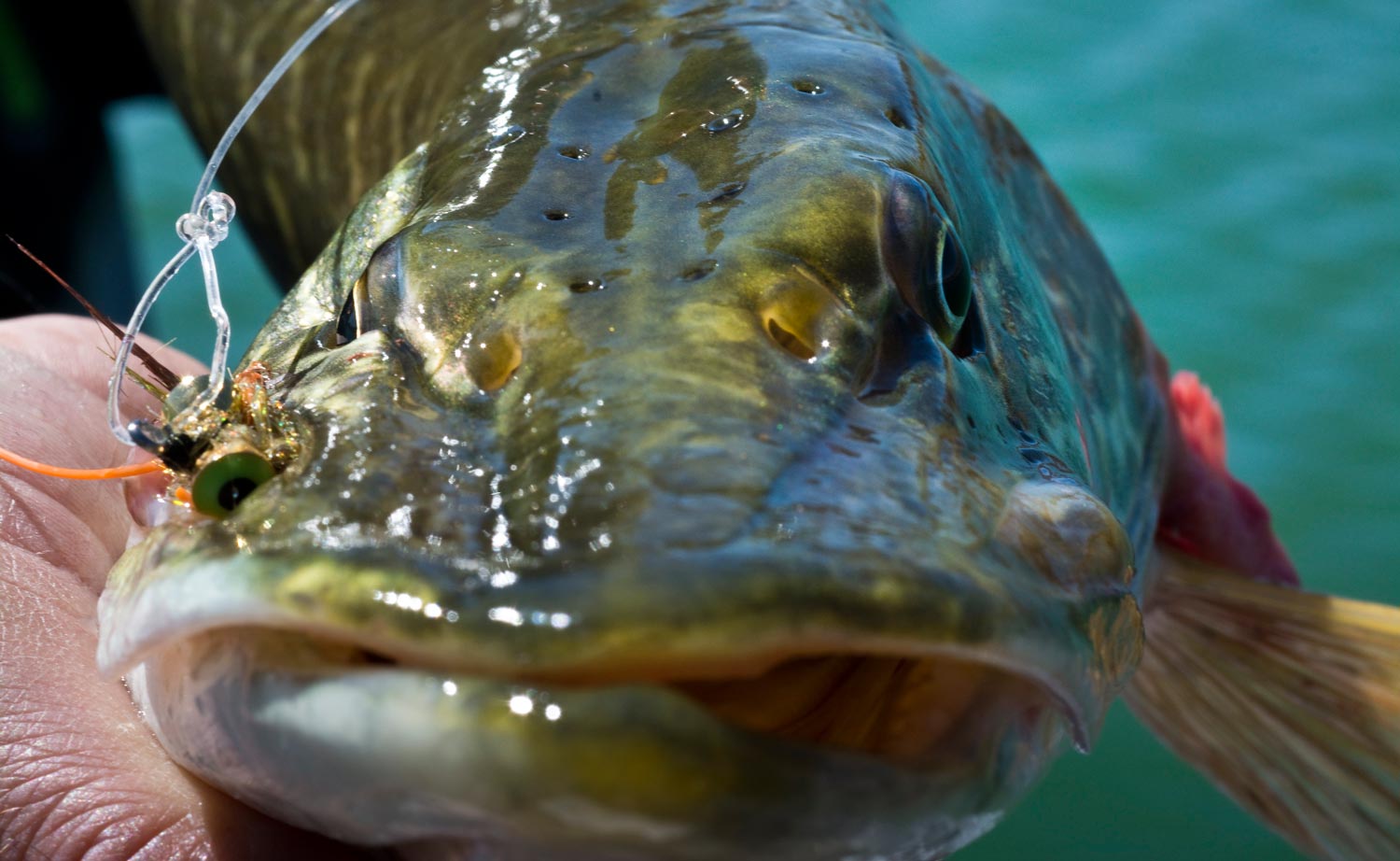
Just about every fisherman out there is probably familiar with the saying, “never leave fish to find fish”. I live religiously by this common sense fishing advice. It’s saved my butt many days on the water guiding, and keeps me from straying away from productive water when I find myself being drawn away to fish other spots upstream that look great. Always remember that fly fishing is full of hot periods and cold periods of catching. So when fishing it’s hot, you want to capitalize on it as much as you can before it goes cold. Sometimes it can be hot fishing for several hours, while other times you may only have one hour of hot fishing, such as when a hatch is in progress. Quite often anglers can have more success sticking around fishing one area throughly, when it’s producing, than fishing a bunch of spots partially. Every stream is different of course, but it’s generally safe to say that some sections of water always will be fishing better than others througout the course of a day. A fly fishers job is to determine where those hot sections of the water are and fish them.
Read More »Weight is Great
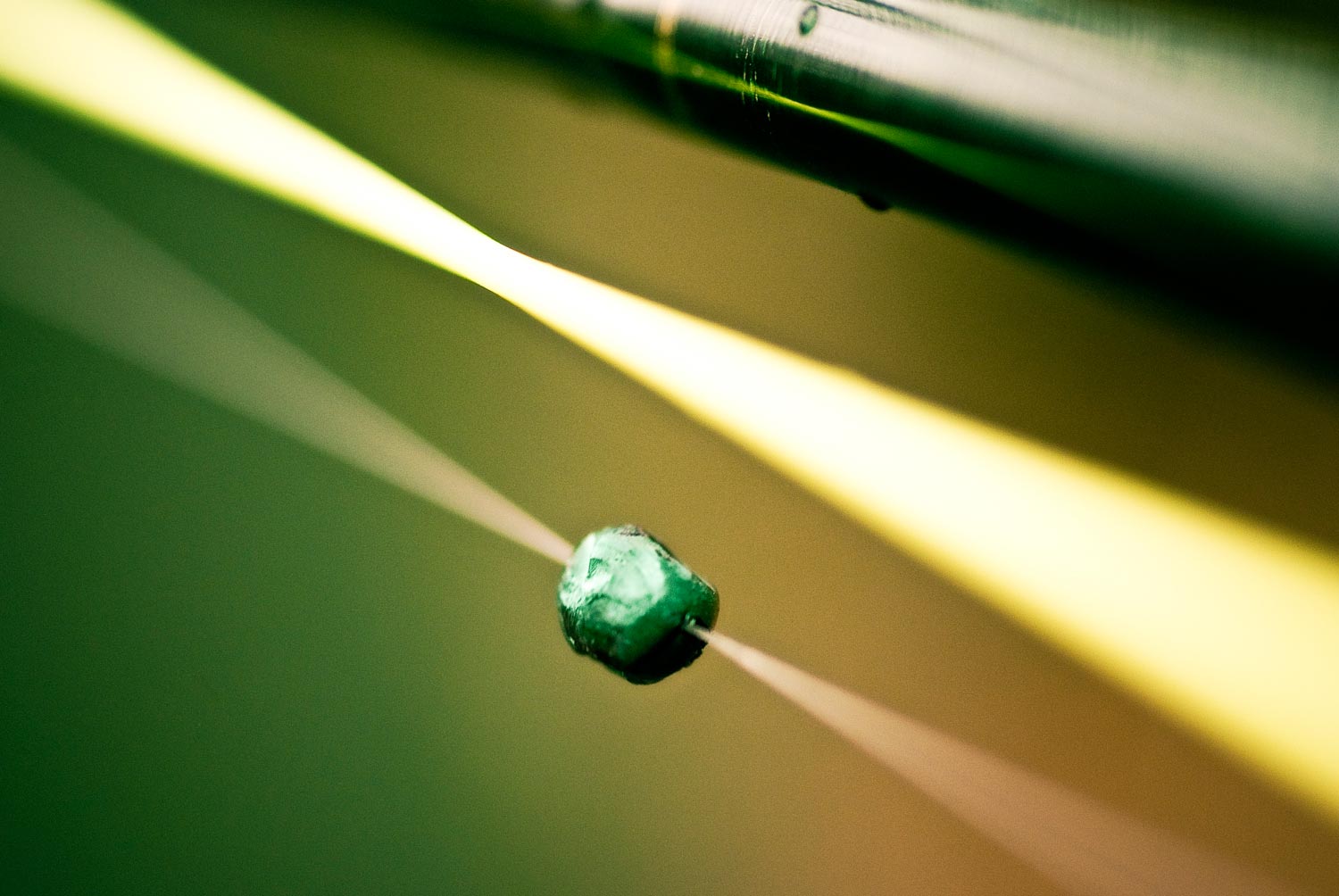
Lot’s of days, more weight means more fish.
I’ve hesitated to write on this topic because it seems so elementary. Sort of a fly fishing truism but I’ve been encouraged lately after reminding several of my friends who are highly experienced anglers of this simple fact. If you’re fishing nymphs for trout and you’re not catching fish, the odds are very good that you aren’t using enough weight.
My split shot gets me laughed at. Fly fishermen have ideas about weight. I carry a box of the polite little split shot, made for fly fishermen, but I seldom use them. I go straight to the stuff made for the gear guys. I carry size B and BB but I also carry #7 (1/4 inch diameter) and I’m not afraid to use them. On several occasions lately I’ve been fishing with friends and come to deep runs where neither of us have been able to find fish. After we each fished the run thoroughly, I added one of those #7 shot to my rig and caught a fish on the first cast.
The fish are there in those deep runs but in the early spring with water temps still low, they’re hugging the bottom. They’ll eat a fly, they just won’t move for it. You have to put it right on their nose. It’s a changeling way to fish and dealing with heavy rigs requires making some adjustments to your casting but it gets results. I’ve always thought that the art of fly fishing is in showing the fish what he wants, not expecting him to eat what we want to fish. That often involves weight, lots of it.
The other day I found myself fishing a rig consisting of:
Read More »